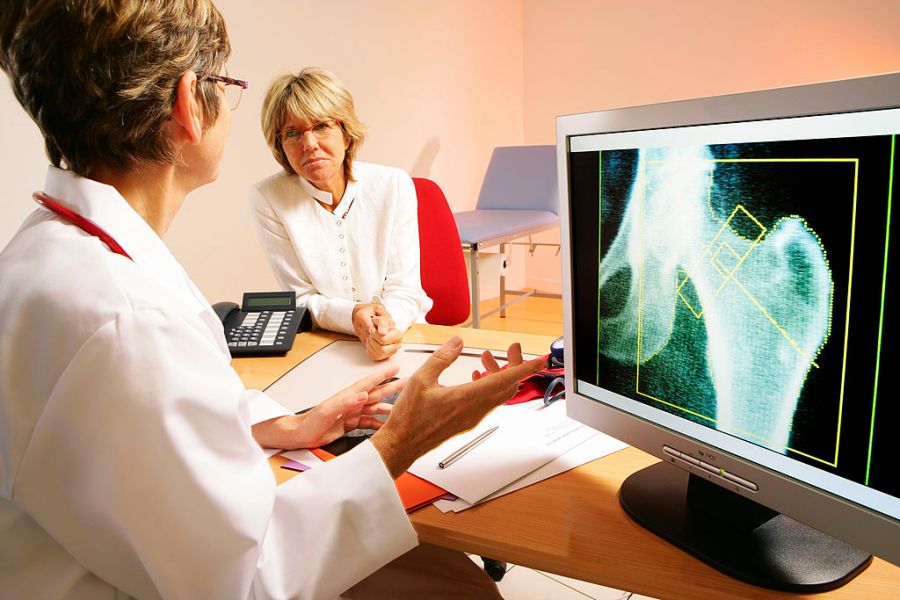Failed to Find Solution to One or More Bones

Has your doctor ordered a bone density test for you? If you're a woman 65 or older, a man over 70 or someone with risk factors, you may wonder what a bone density test is and why you need it. Learn what it is and how to understand the results.
As you age, your body doesn't keep calcium and phosphate minerals in your bones, but instead, reabsorbs them, according to the U.S. National Library of Medicine's MedlinePlus site. This could lead to osteoporosis, or bone loss, that results in brittle bones.
A bone density test estimates the strength of your bones. It also lets you know the chances you have of breaking a bone. The scan also tests to see if you have osteoporosis, according to the National Osteoporosis Foundation.
The exam tests your bone density. The lower your bone density, the more likely your risk of breaking a bone. The test also lets your doctor know if your osteoporosis medicine works.
Are There Different Types of Bone Density Tests?
There are two types of bone density tests, according to the National Osteoporosis Foundation:
- Central DXA: This is a bone density test of the hip and spine using a machine called the central DXA. These two areas of testing are important because if you have osteoporosis, you may have a greater risk of fracturing these bones.
- Screening tests: There are three screening tests that measure the bone density in different parts of your body. These areas include your heel, lower arm, wrist or finger.
How to Prepare for a Bone Density Test
You'll receive a prescription for your test. Hospital radiology departments, private radiology practices or doctors' offices with bone density testing equipment will do the test.
Preparation for a non-invasive bone density test is simple. Eat normally and take your medications the morning of the test, but abstain from vitamins or supplements the morning of your test, according to UCSFHealth.org, the University of California San Francisco Health website.
The bone density test is a painless scan to measure bone mass in various areas of your body. The test uses a low-dose X-ray, which detects thinning of the bone or mineral loss, according to the UCSFHealth.org site.
Reading the Results of a Bone Density Scan
The meaning of bone density scores show whether your bone density is higher or lower than a typical healthy 30-year-old, according to the National Osteoporosis Foundation. The lower the score, the lower the bone density. Here's what the scores mean:
- -1.0 and above: Normal score
- -1.0 to -2.5: Low bone density score
- -2.5 and below: Osteoporosis diagnosis
There's also a bone density "Z" score chart. It compares your bone density to what's normal in someone your age and body size.
How to Treat Poor Bone Density
If you've received a low bone density score or a diagnosis of osteoporosis, consider treatment to help reduce the risks of bone breakage. Treatment is typically taking an osteoporosis medicine to prevent or to treat the condition. The most common class of medicine is called a bisphosphonate, a non-hormonal treatment. These medicines reduce bone loss and maintain bone density to decrease risks, according to the Mayo Clinic.
In addition to medication, consider lifestyle changes. Exercise to strengthen bones, eat well to get enough calcium and vitamin D, stop smoking to eliminate bone loss and limit alcohol for the same reason, warns the Mayo Clinic.
MORE FROM SYMPTOMFIND.COM
Failed to Find Solution to One or More Bones
Source: https://www.symptomfind.com/health/what-is-bone-density-test?utm_content=params%3Ao%3D740013%26ad%3DdirN%26qo%3DserpIndex